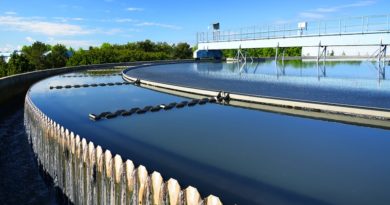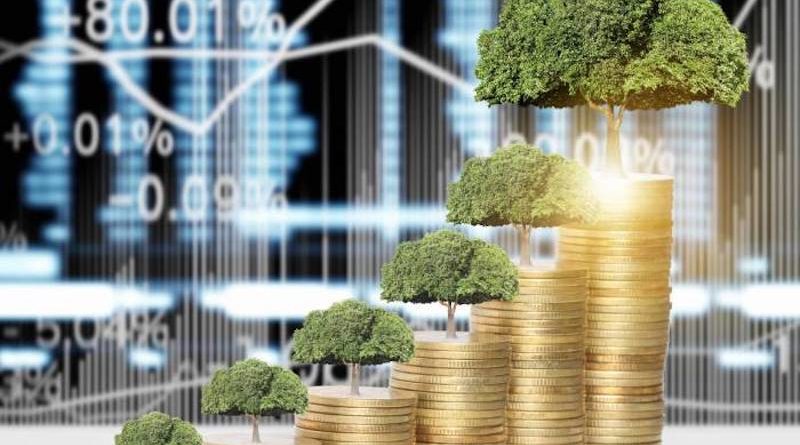
Green finance: time for an institutionnal spark
The new EU institutional cycle is only a few months old, and sustainable finance is already the talk of the town. The reasons for this sudden craze are easily identifiable: popular and corporate will to act for the planet through investment, political availability and economic flexibility.
Numbers are evocative of the extent of the interest for green finance, as at least $30.7 trillion of funds is held in sustainable or green investments, up 34% from 2016. This represents a third of the tracked assets under management.
However, what exactly accounts as “sustainable” or “green” investment? Does investing in solar panels, electric scooters, nuclear power plants or R&D for “greener” mining qualify all the same? We would tend to answer negatively, and this calls for precise legal definitions, which is the intent of the taxonomy regulation, on which the Parliament looks forward to enter as soon as possible into negotiations with the Council and the Commission.
Besides, understanding the drivers of the trend is necessary to embrace its features. It is indeed unusual that investors turn to riskier and often less profitable financial products. In this regard some might cynically point out corporate greenwashing intentions, but the deeper reason for a transformation of investors’ behaviour lies above all in economic sustainability and thus, in a longer-term investment’s approach.
William Nordhaus, economic sciences Nobel Prize in 2018, established in this respect that unbridled continuation of growth would make everybody worse-off because of the impact of climate change on the economy.
All in all, the theme of long-term investment can no longer be apprehended without its ecologic appendix.
The importance of green finance established, our reflexion should focus on the role of public powers in its development. Shutting down proven greenwashing attempts seems to be the first step, as the whole trend’s credibility is at stake.
Such a goal can be achieved by public powers through regulation and privately through labelling. The trickier part lies in the incentive role the legislator may play.
Fiscal solutions are available at the national level, as well as State aid or public procurement. To achieve the EU’s 2030 targets agreed in Paris, including a 40% cut in greenhouse gas emissions, we have to fill an investment gap estimated at 180 billion EUR per year.
The bulk of this gap is to be filled by the private sector but the spark of this dynamic should be public. The Juncker plan is a good example of how to conceptualize the role of public funding in this regard. This necessary initiative that we supported from the beginning was created at a time where the Eurozone was just starting to recover from the crisis, and the criteria to benefit from it were essentially of growth-linked nature.
InvestEU, its successor, will resolutely be greener, by dedicating a well-defined share of resources to sustainable investments and by conditioning the attribution of funds to the evaluation of sustainability aspects of projects.
In parallel with these operational actions, a strategic framework has to be set at the European level so the transition is not costly in terms of jobs.
The ecologic transition is indeed, first and foremost, an economic transition.
For it not to be a burden but an opportunity, the EU must be bold in its legislation to push the financing of sustainable projects while ensuring legal predictability for businesses.
It has to be reminded that the sustainability of an investment goes beyond its environmental impact and has to be evaluated against the three ESG factors, thus including social and governance.
As often, our efforts to build an effective European framework for sustainable finance need to take into account the global perspective and functioning of financial markets.
Non-governmental initiatives, as the Intergroup on long-term and sustainable investment, already focusing on bringing together lawmakers, businesses, civil society and financial market actors, constitute an indispensable lever to develop the multidimensional approach needed to move forward on this path.
Stay tuned: sustainable finance will, without a doubt, be one of the major items of the new institutional cycle.
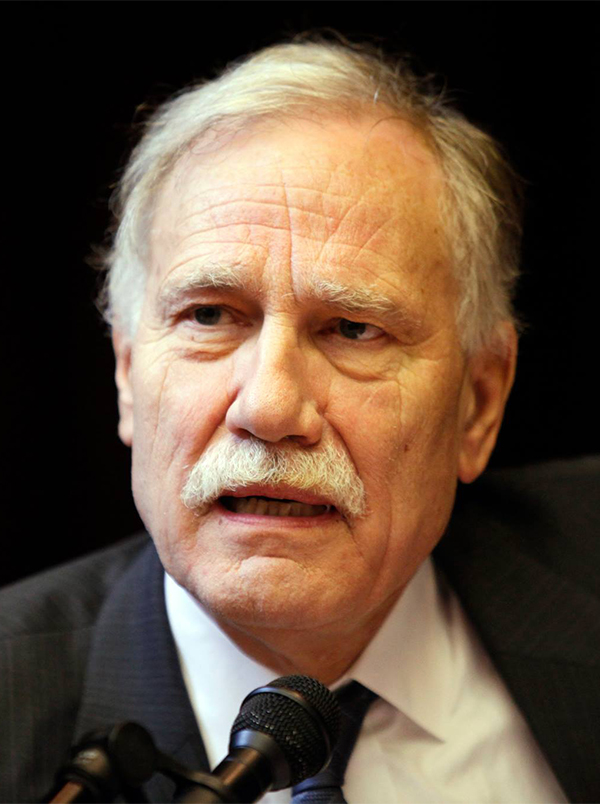
Dominique RIQUET
MEP (Renew Europe, France) Chairman of the Intergroup on long-term and sustainable investment, Member of the TRAN Committee
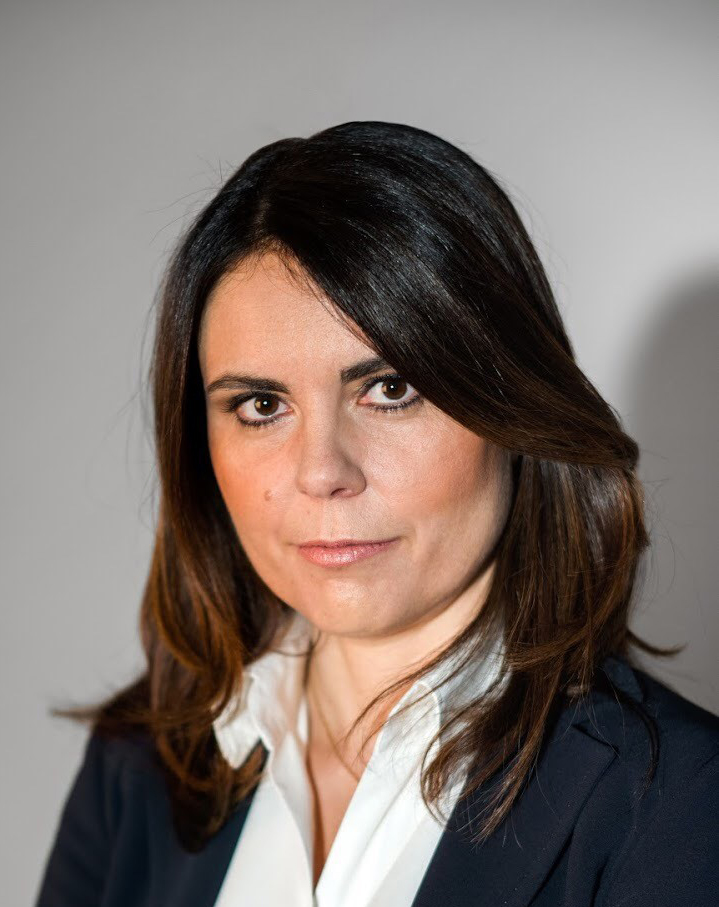
Simona BONAFE
MEP (S&D, Italy) Vice-Chair of the Intergroup on long-term and sustainable investment, Member of the ENVI Committee
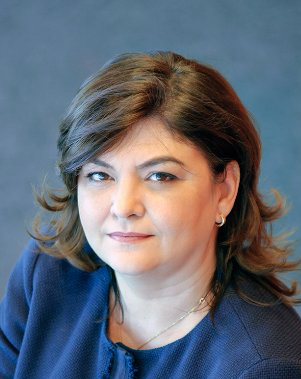
Adina-Iona VALEAN
MEP (EPP, Romania), Vice-Chair of the Intergroup on long-term and sustainable investment, Chair of the ITRE Committee

